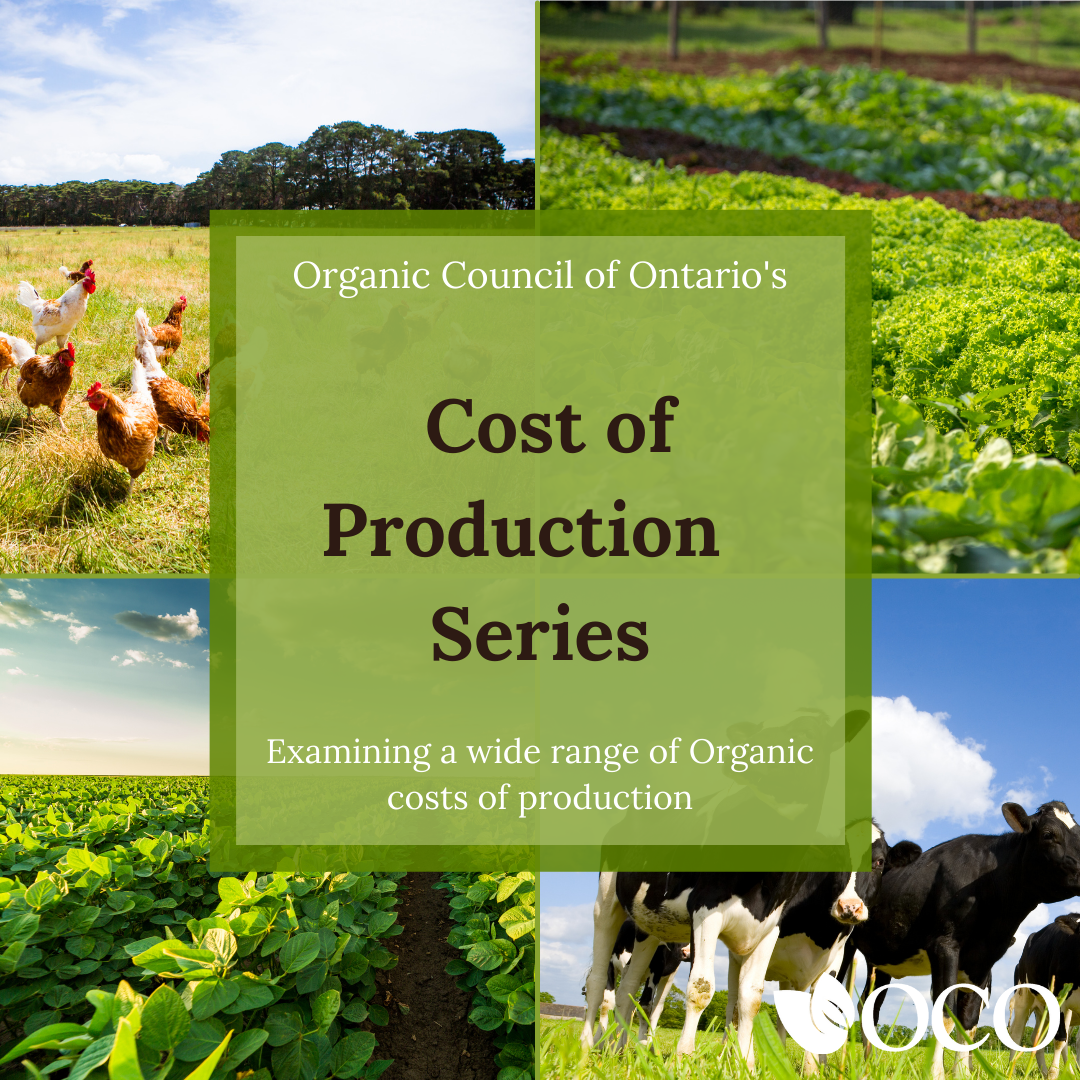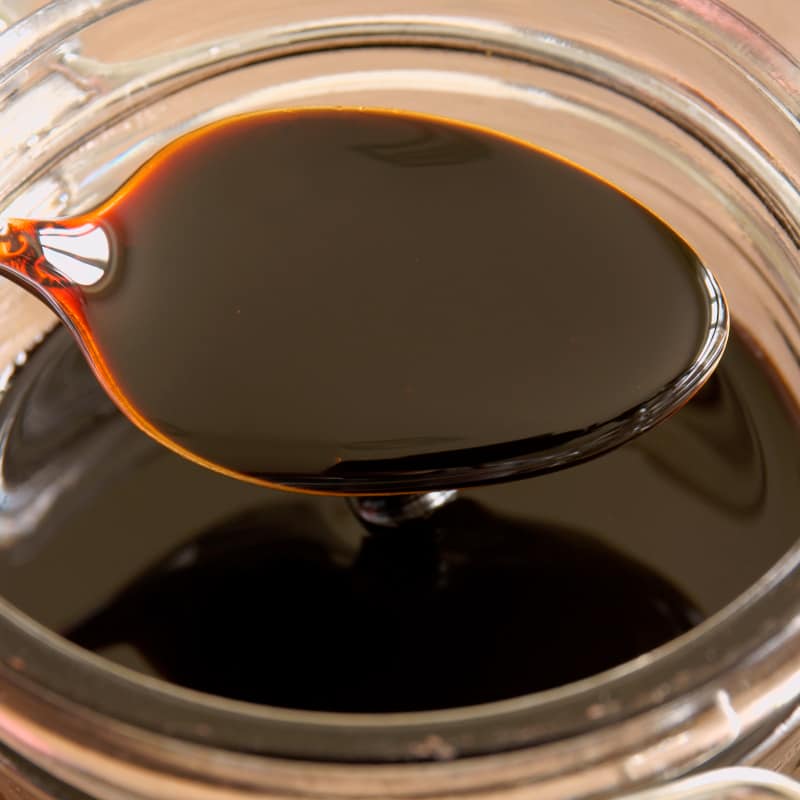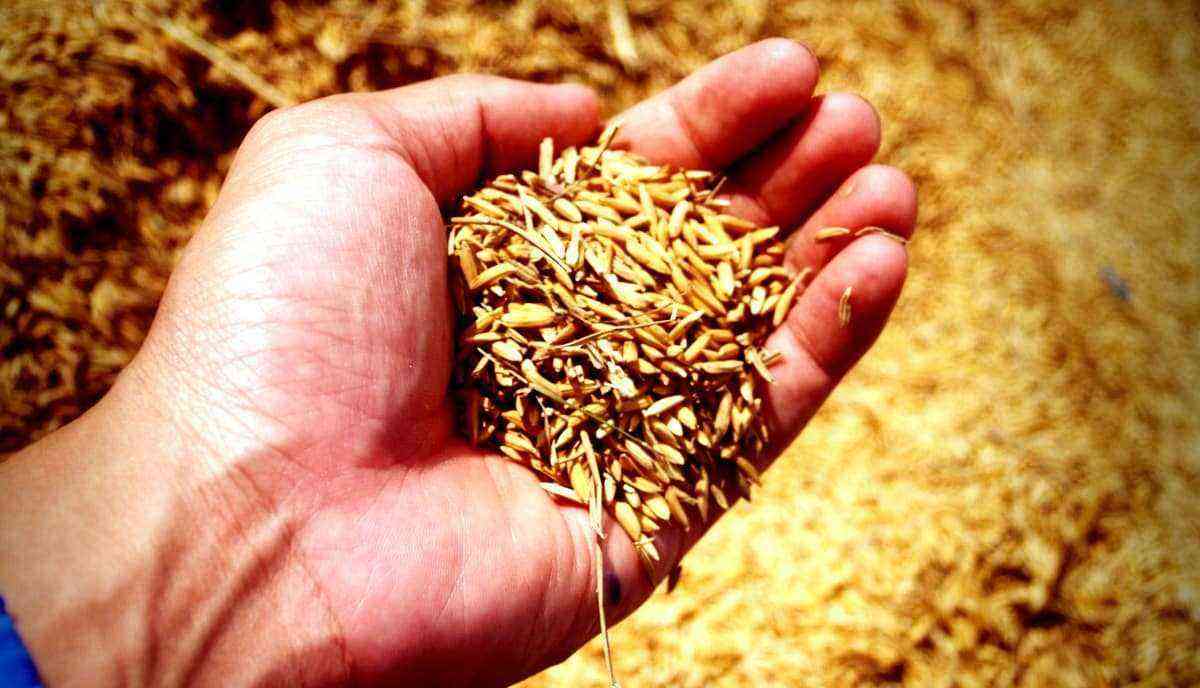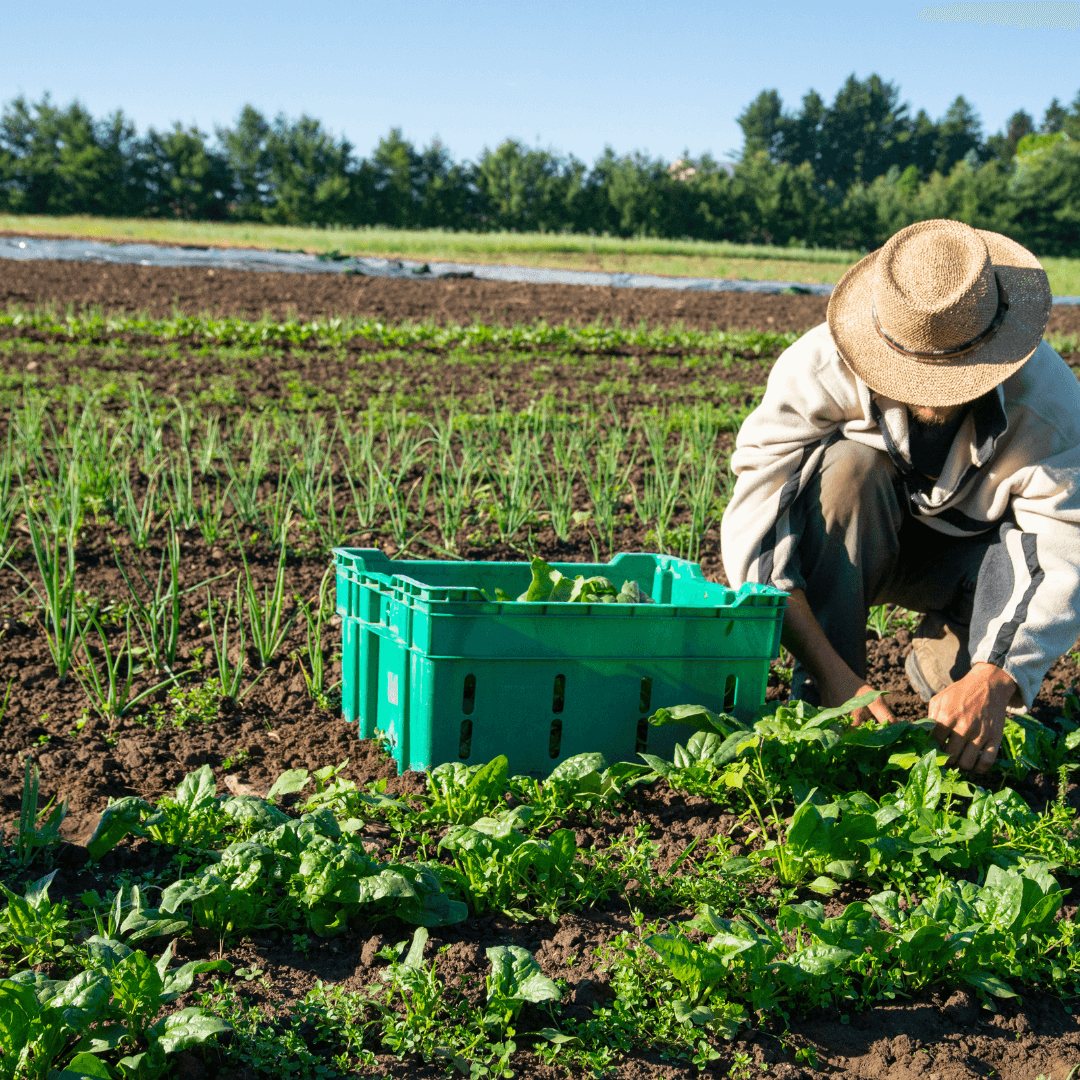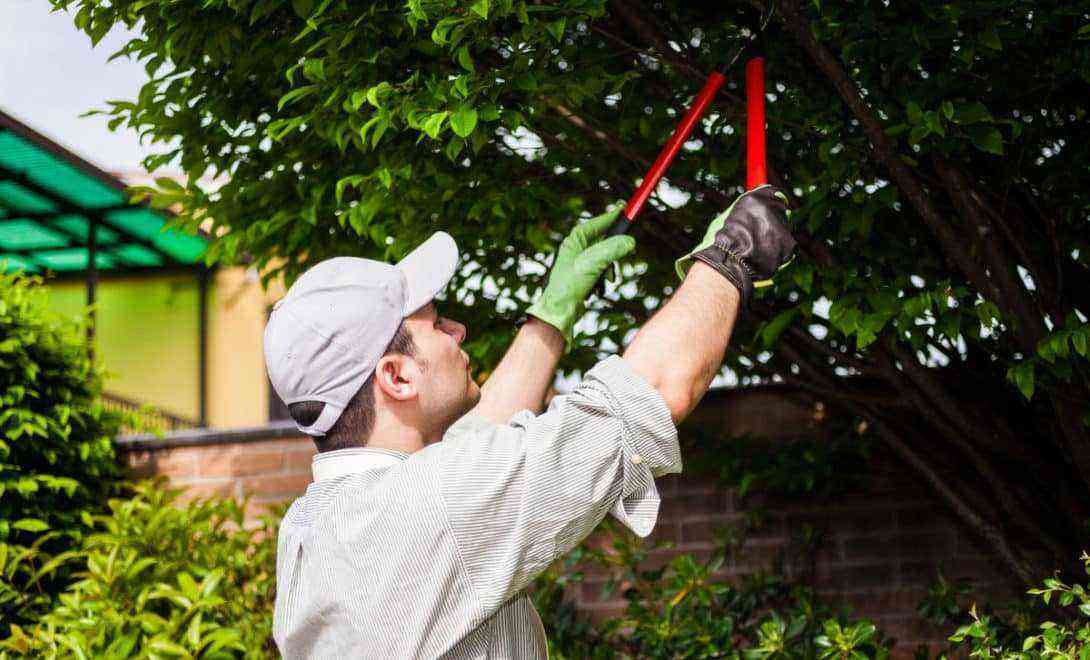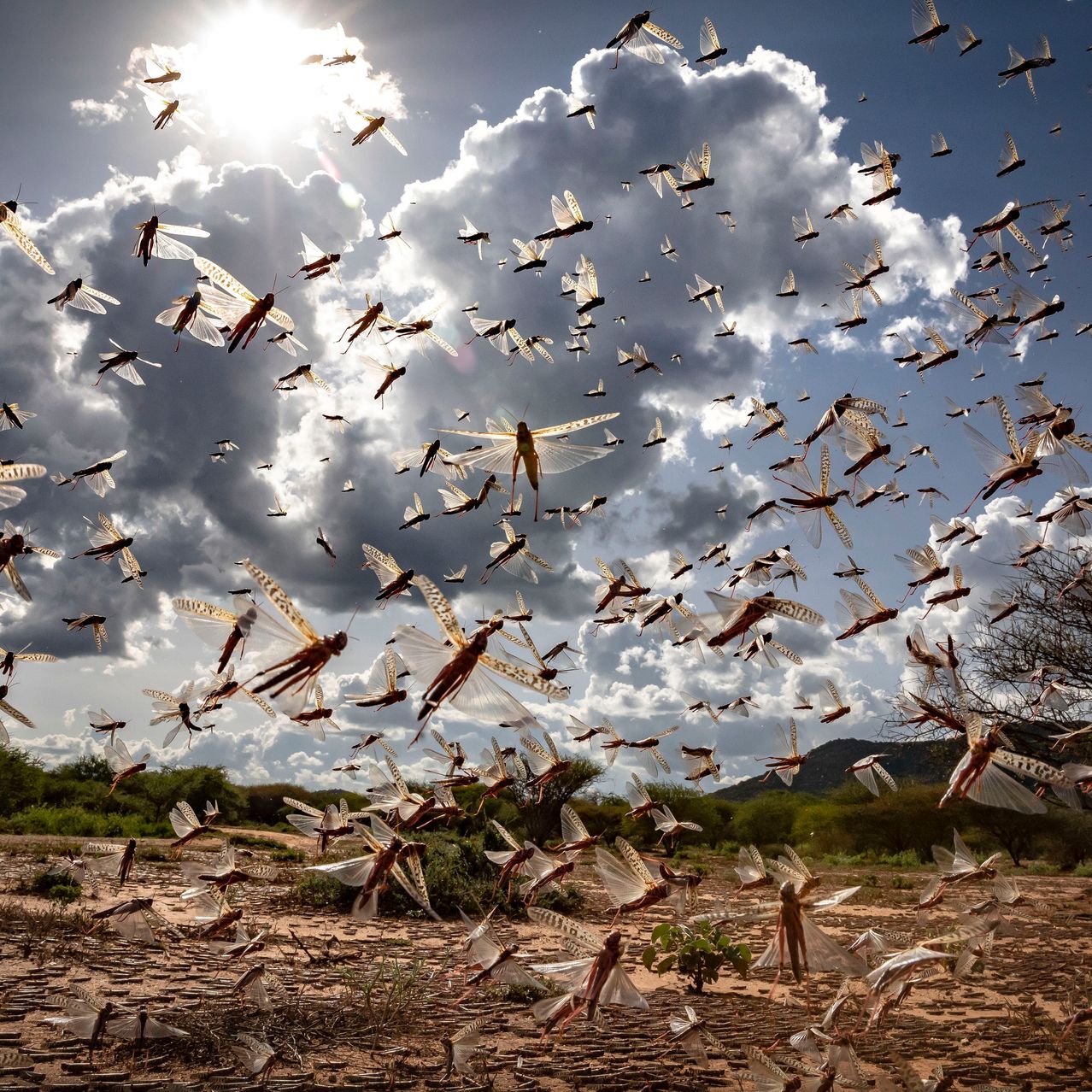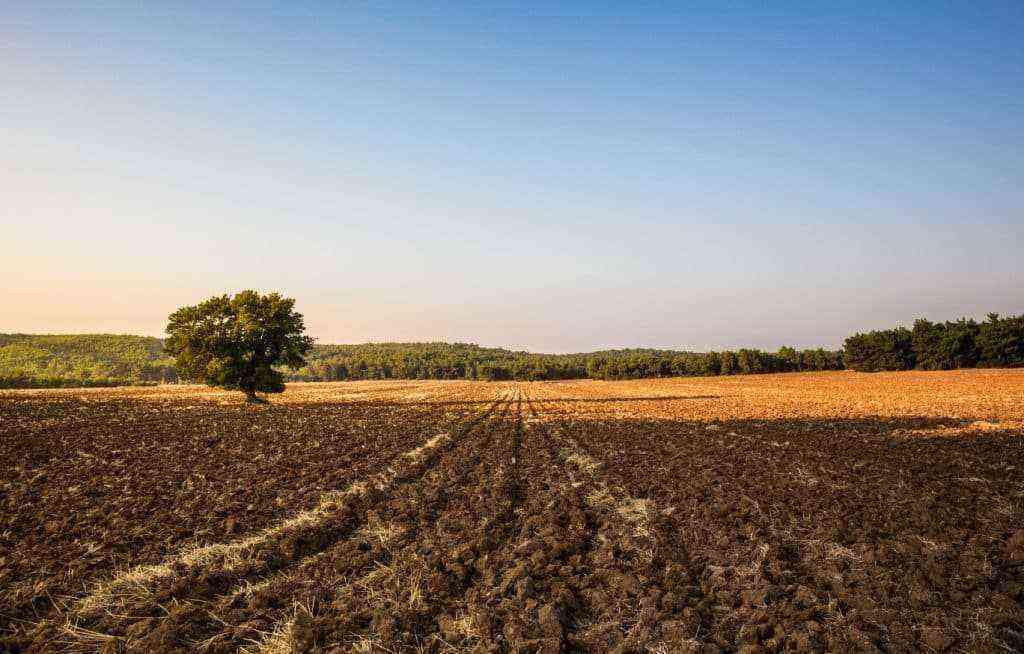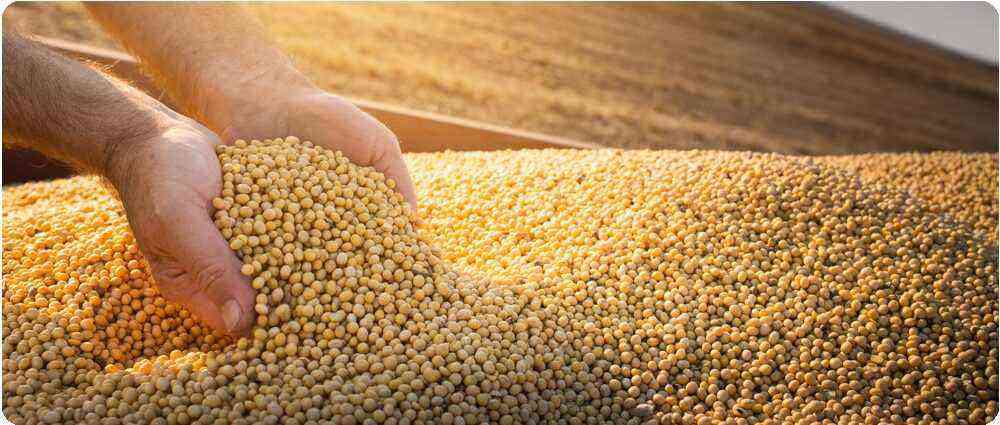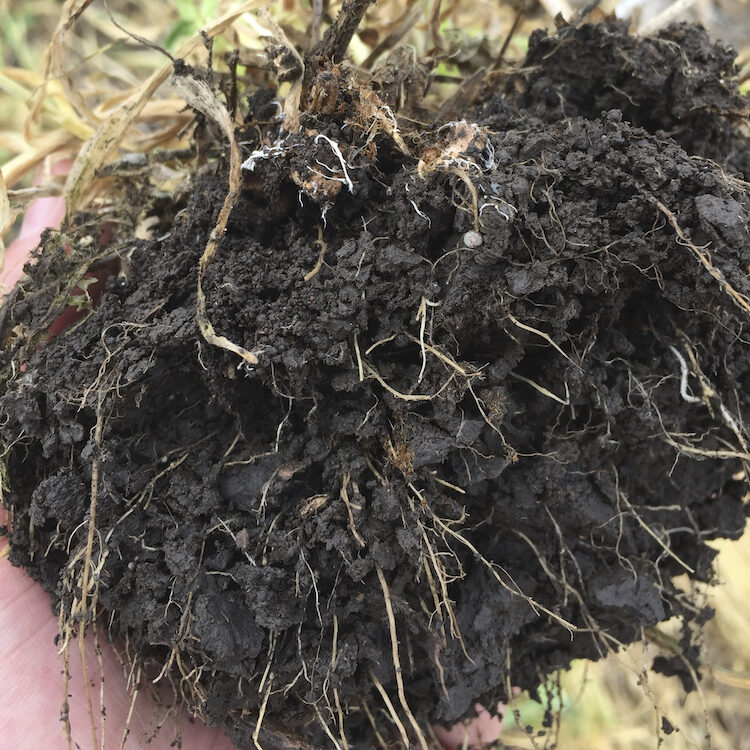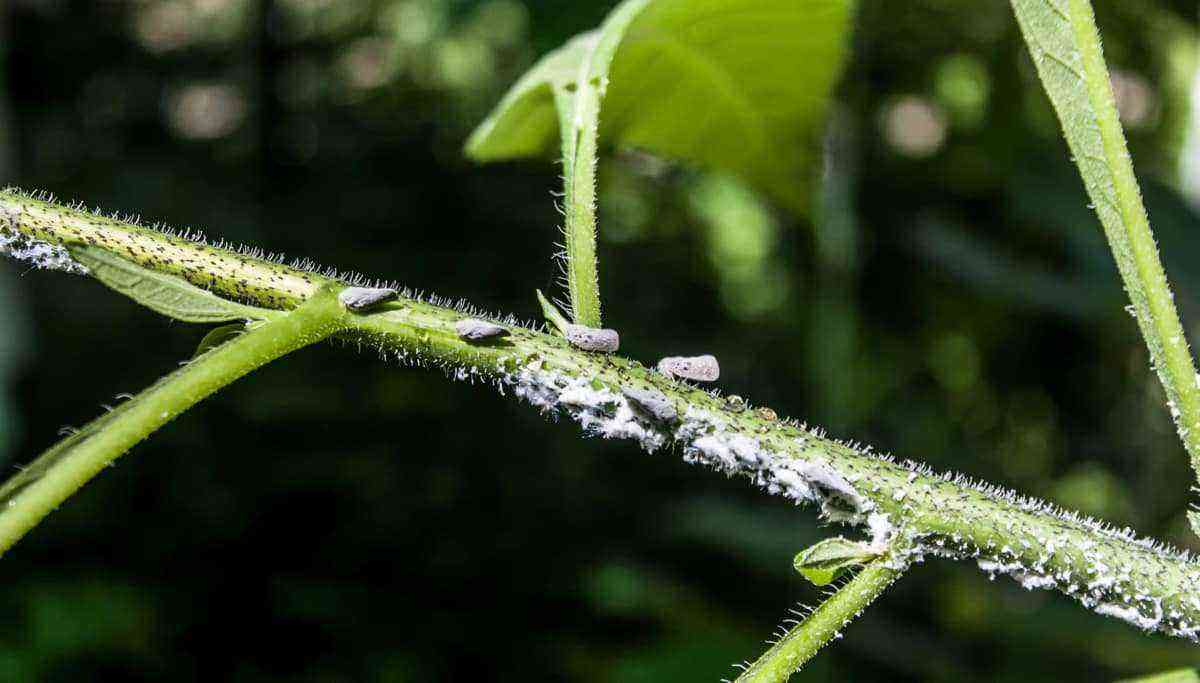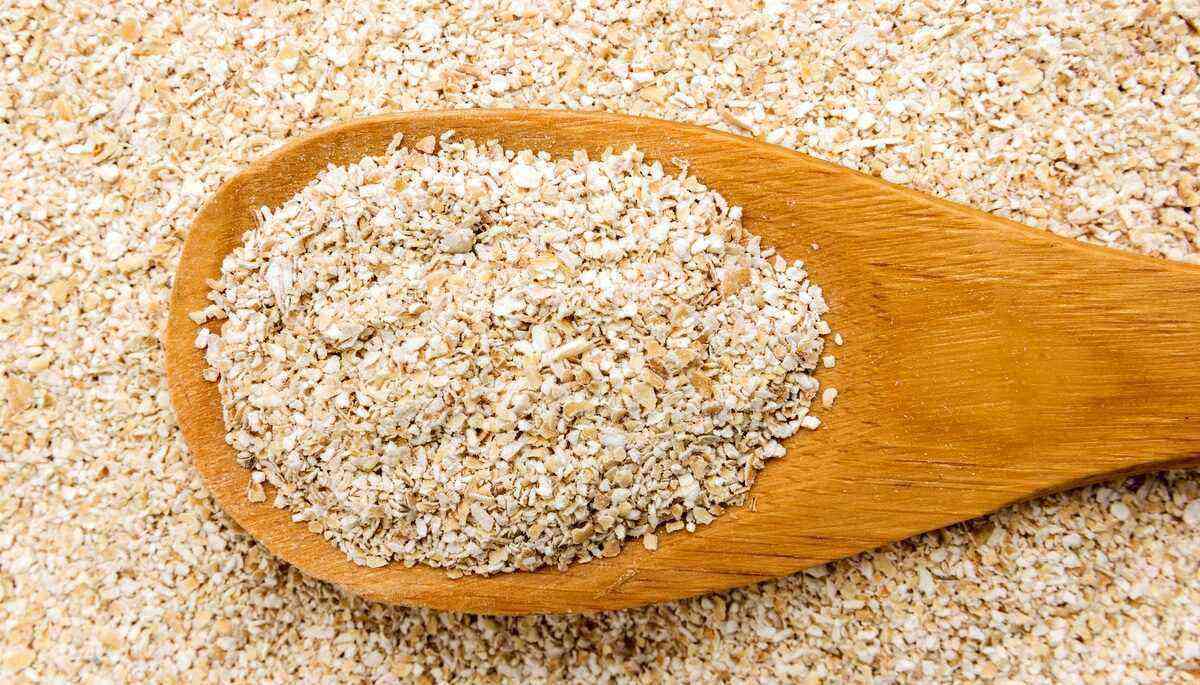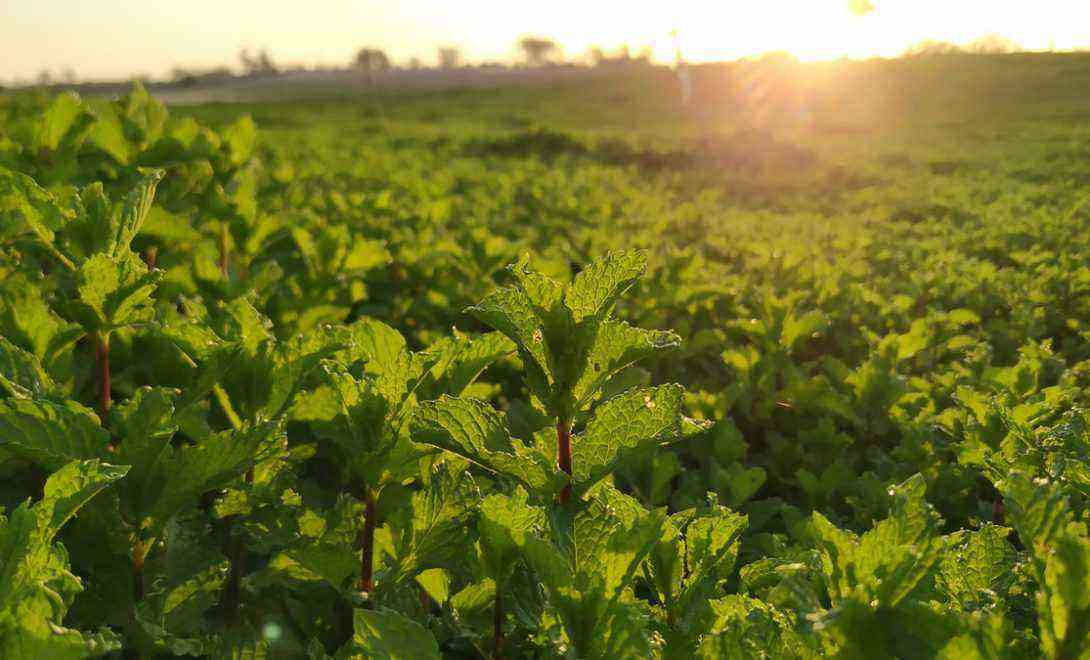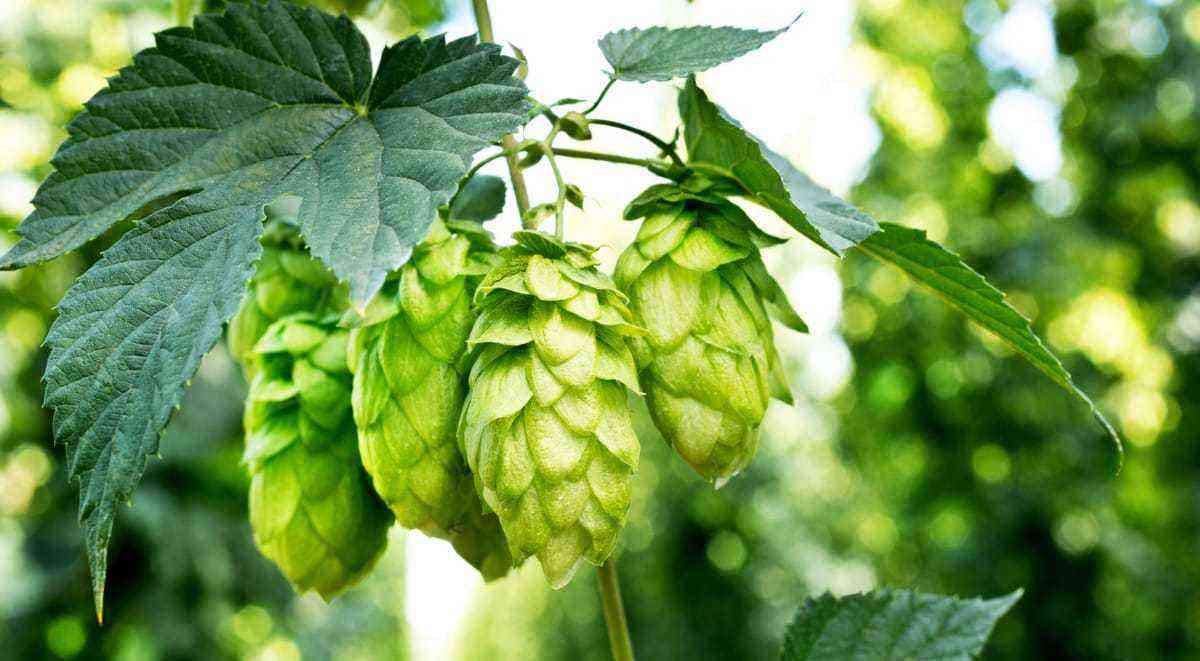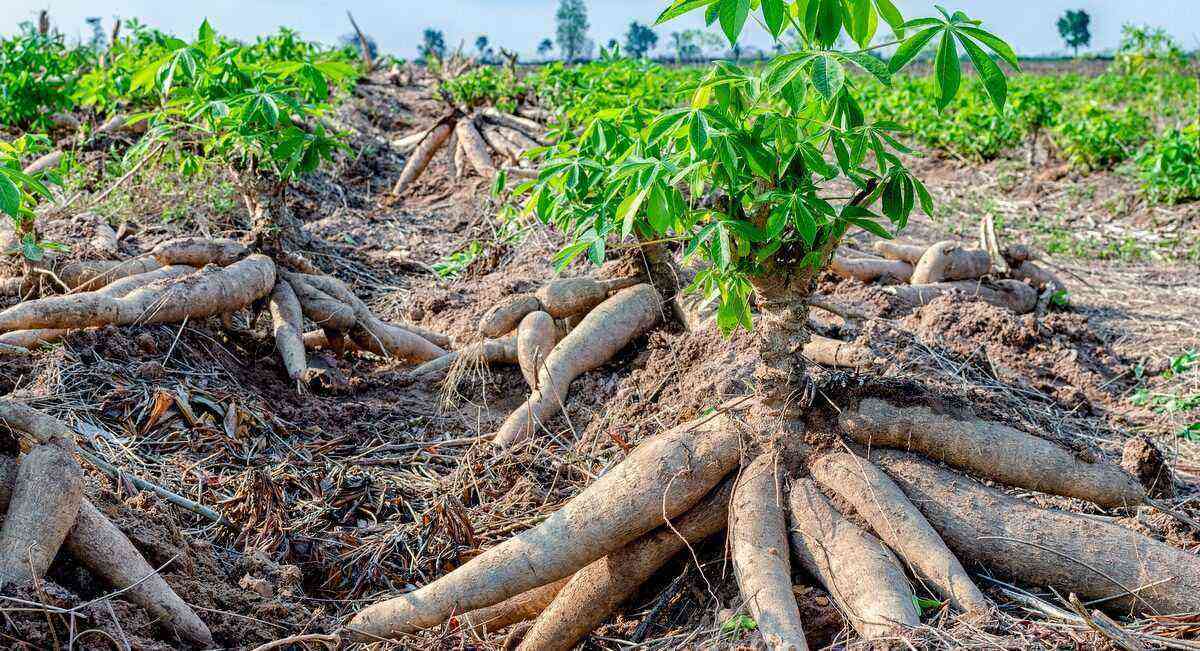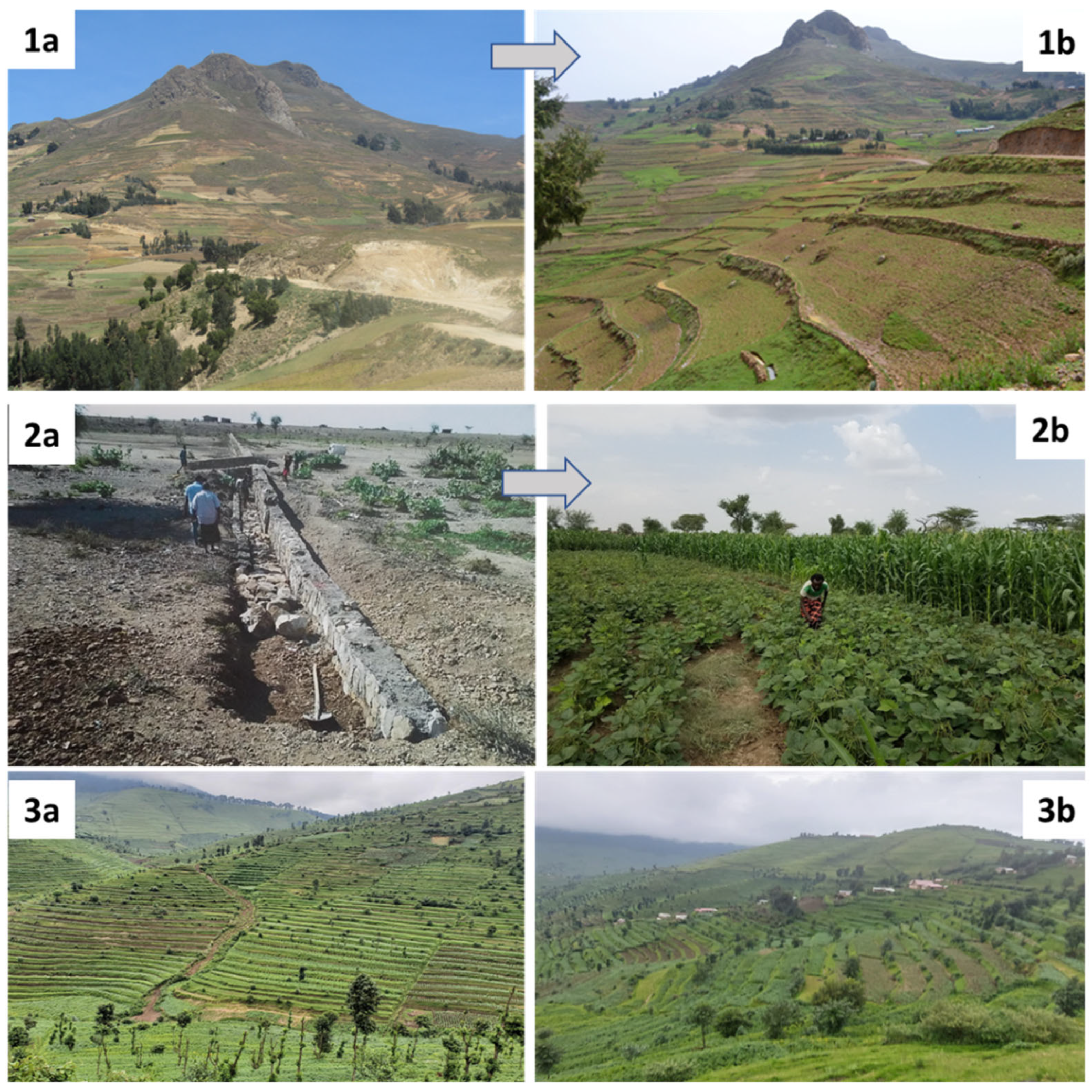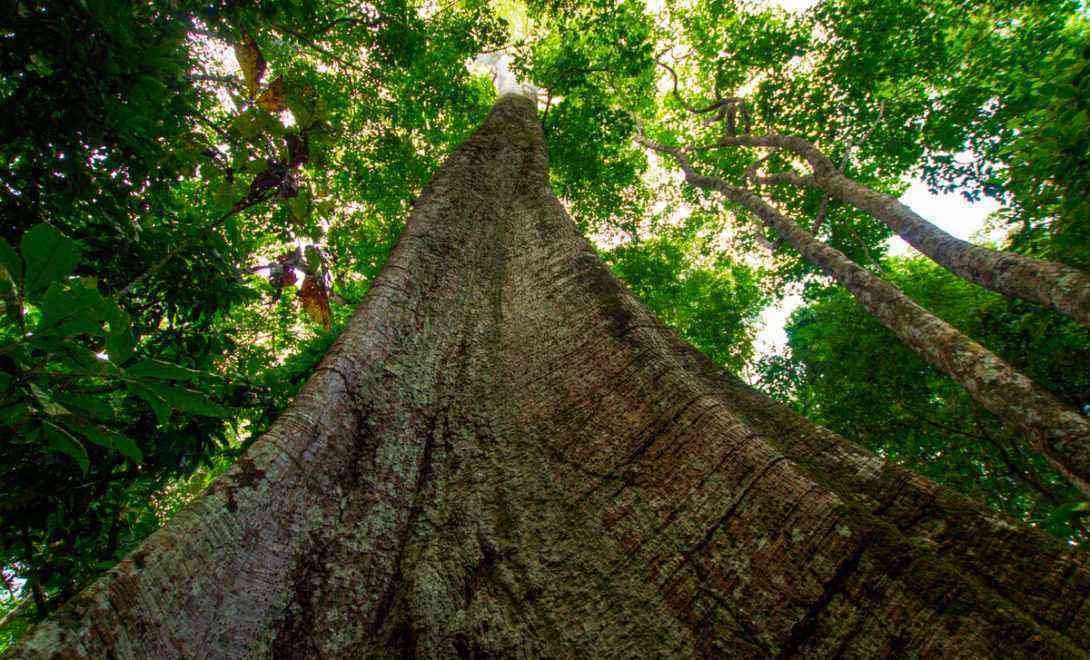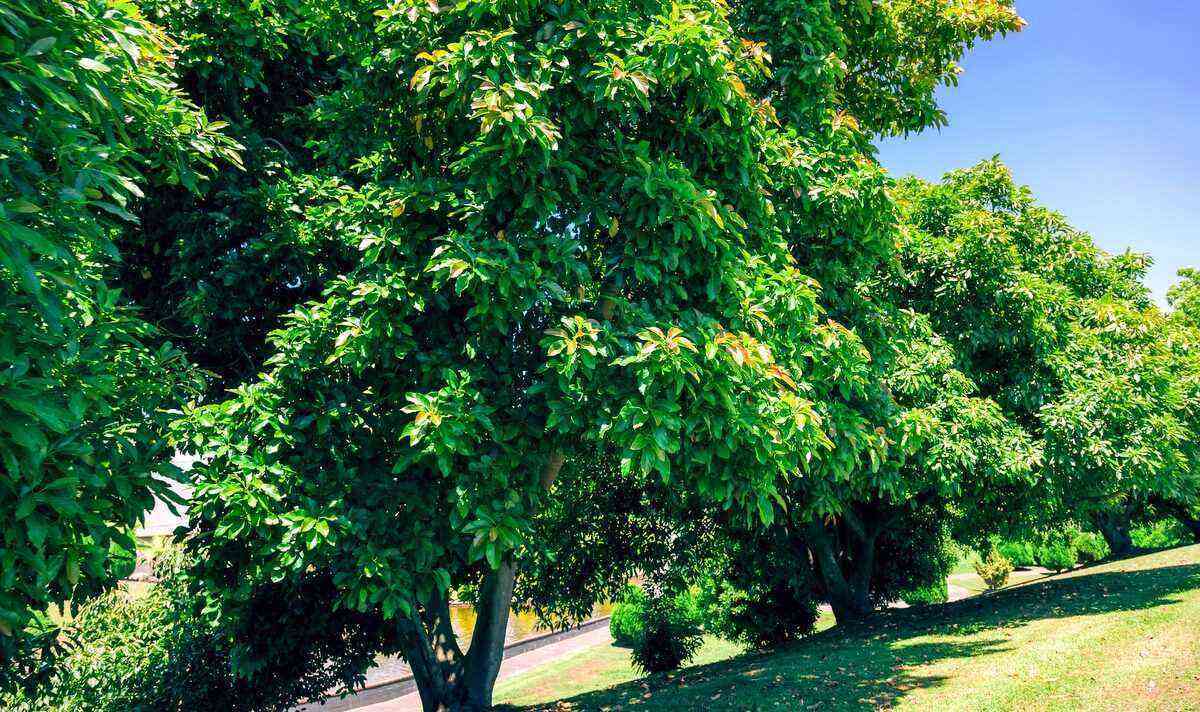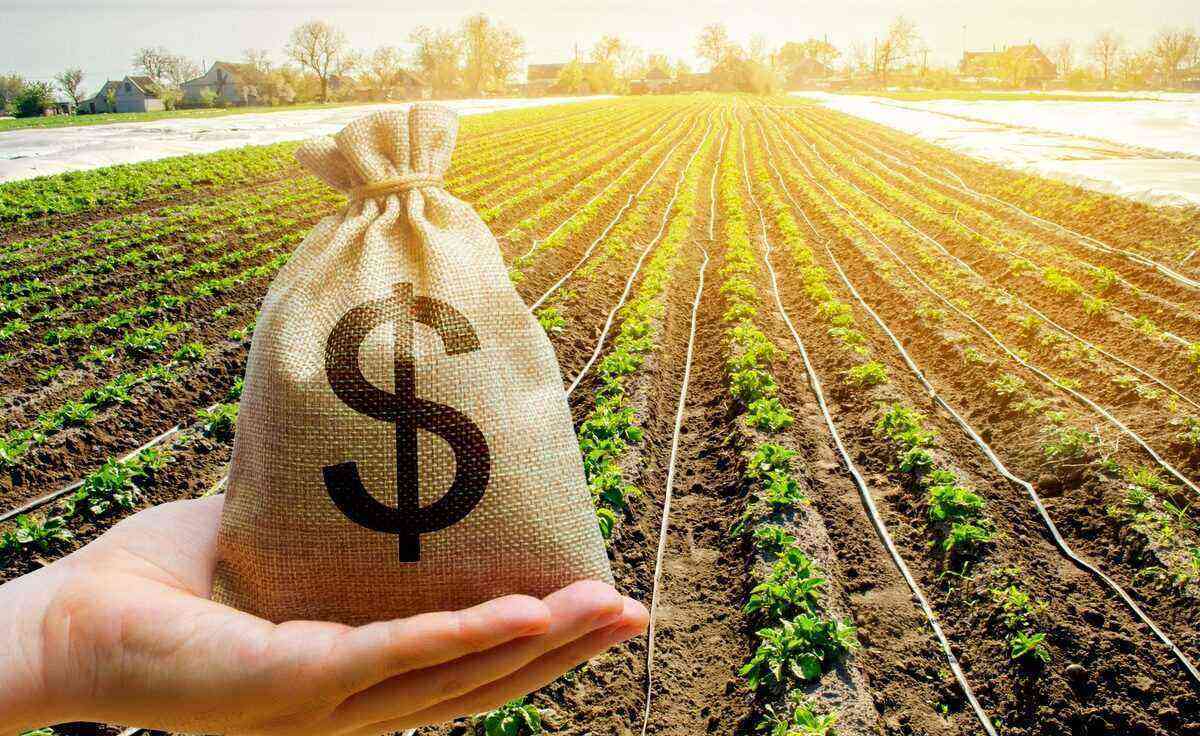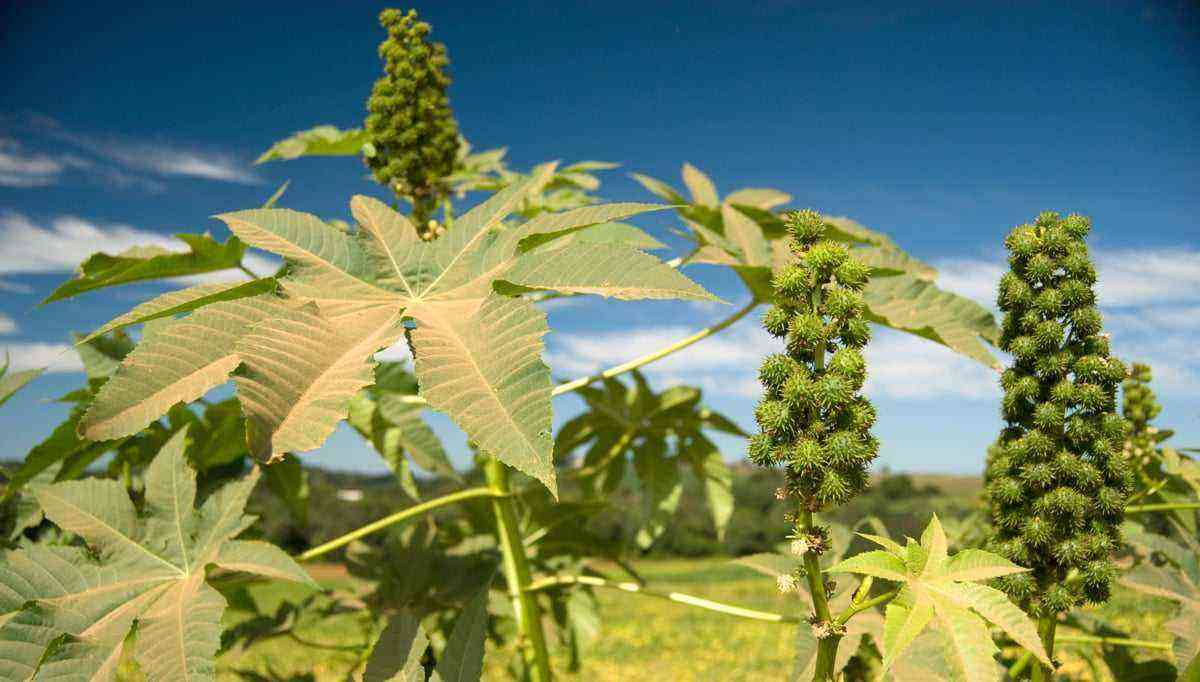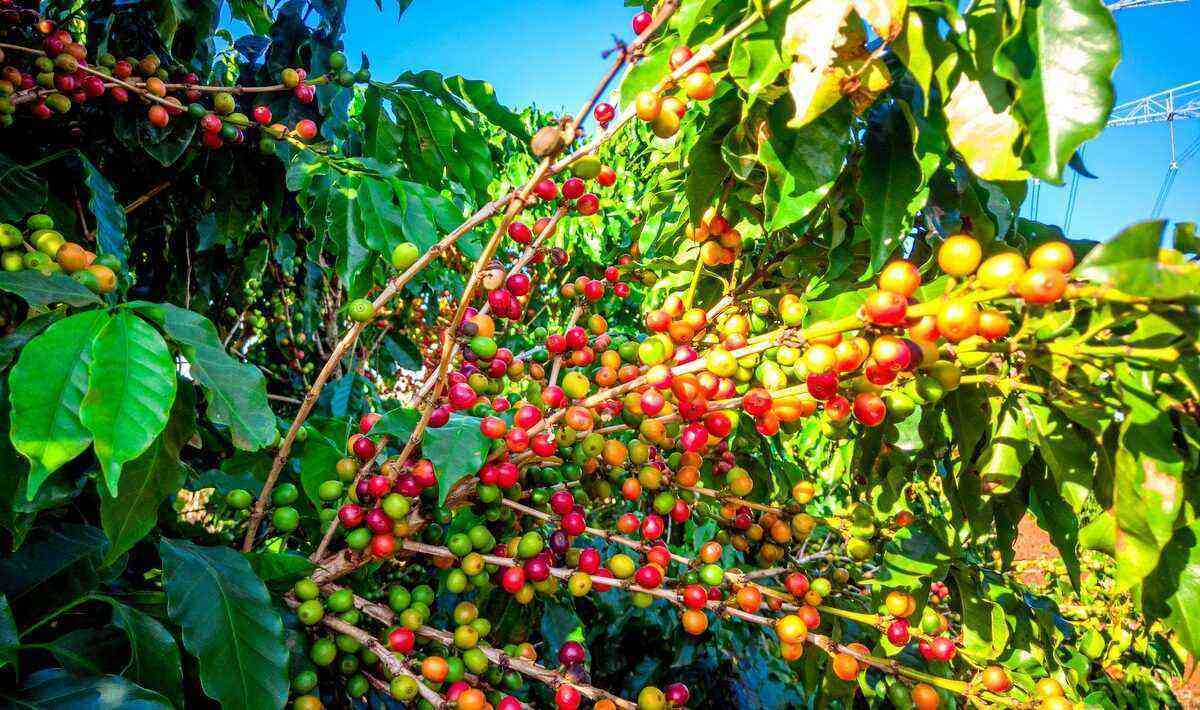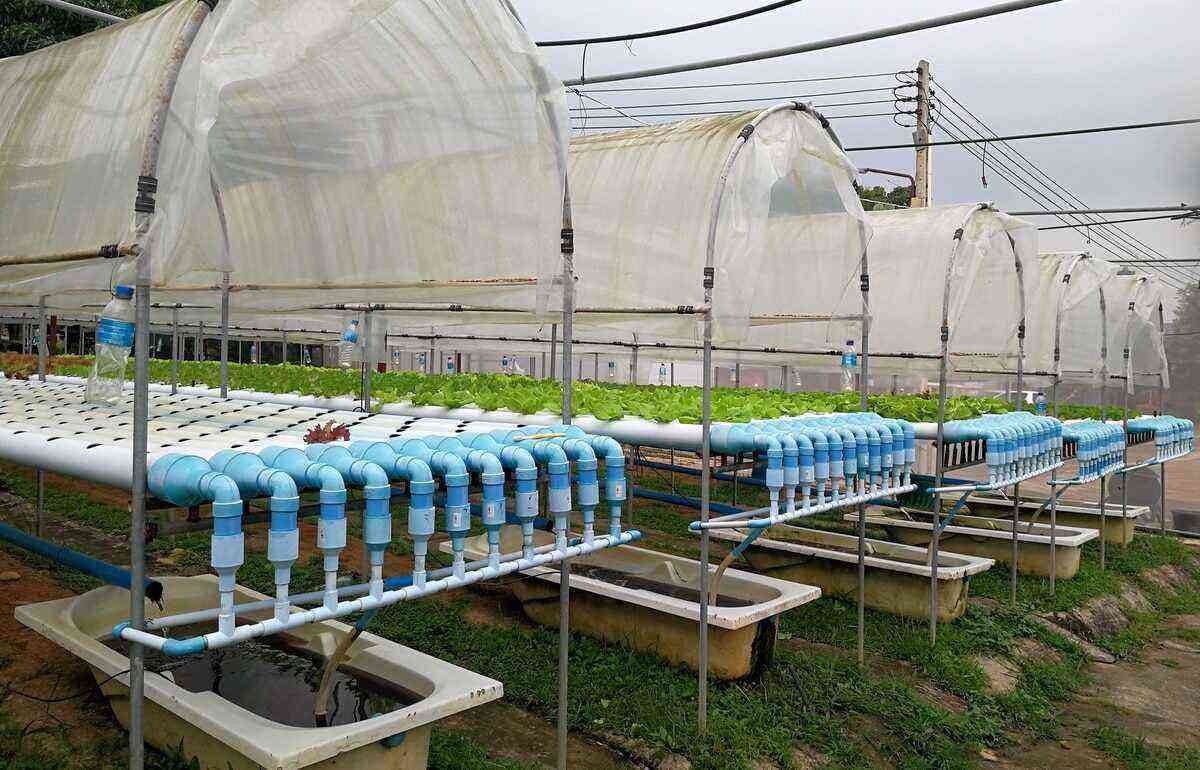In this article, we will explain how the weather can interfere with your bean production. According to Embrapa (Brazilian Agricultural Research Corporation), there are three climatic elements that must be observed for successful production.
They must be analyzed for the application of management practices, which will guarantee a satisfactory harvest:
– Air temperature;
– Solar radiation;
– Rains.
Read on to find out more!
How air temperature can interfere with your bean production
Among the climatic elements mentioned above, the air temperature is what allows the proper development of your bean production. The ideal and recommended temperature, according to Embrapa, is a climate that varies around 29ºC during the day and 21ºC at night.
Very high temperatures will interfere with bean production, especially if there is little irrigation and drought. In the flowering and fruiting stages, high temperatures result in the abortion of pods and flowers.
Among the problems that can be verified are the deficiency in the maturation of the pods and grains and the reduction of the bean cycle, impairing the filling of the grains which, in turn, reduce the yield potential of the harvest.
On the other hand, very low temperatures negatively influence seed germination and prevent the proper growth of seedlings. Other than that, we can still mention the bean’s intolerance to extreme temperatures and the presence of frost.
Contrary to high temperatures, low temperatures cause an increase in the bean cycle, impacting the number of pods and, consequently, the number of grains in bean production.
Read also: Beans: tips on planting
Importance of solar radiation for your bean production
The reproduction and maturation phases of its bean production benefit from the incidence of solar radiation. In the absence of sunlight, self-shading will prevent the penetration of solar radiation into the lower leaves of the plant, impacting the number of pods and grains.
To prevent this risk, it is possible to reduce the number of plants per unit of area or to reduce nitrogen fertilization to contain the bean growth. It should be noted that this suggestion should be analyzed by an agricultural technician or engineer.
 The spacing of the beanstalks must be defined together with an agricultural technician or engineer.
The spacing of the beanstalks must be defined together with an agricultural technician or engineer.
How the rains can interfere with your bean production
Excess moisture is harmful to bean production, since it influences the germination of the grain inside the pod. Apart from that, it also favors the formation of fungi that, in turn, cause the rotting of the grains.
The stage most impacted by the presence of rain is the harvest, since the delay could harm the market value of bean production. In the maturation phase, the risk of loss of production can be contained.
How to prevent the weather from interfering with your bean production
as seen, the weather can interfere with your bean production it is necessary to take some preventive measures to avoid damage to the crop and, consequently, to the expected yield.
Agroclimatic zoning must be carried out in order to prevent problems in bean production. This procedure, already known by the producers, comprises the detailing of the most suitable periods and areas to avoid the negative interference of the climate.
The best periods will vary according to the geographic region in which the producer is located, as well as the soil conditions for planting and production capacity, which involves the equipment available for the production of beans.
Agroclimatic zoning is essential to understand the best time for sowing, helping, among other things, to reduce the risk of falling bean production and facilitate obtaining rural credit.
Through this knowledge, it is also possible to understand the best distribution of plants in the available space, maximizing the use of available water and nutrients and providing greater photosynthetic efficiency.
The ideal planting conditions, in terms of soil type, according to Embrapa, should have moderate humidity and rich in organic matter, an efficient irrigation system and no soil compaction in the surface layers (0 to 25 cm deep) .
Bean production in Brazil
In 2019, according to Ibrafe (Instituto Brasileiro do Feijão e dos Pulses), Brazil exported a record amount of beans, totaling US$ 111 million and more than 165 thousand tons of the product.
Brazil also stands out as the largest producer and consumer of common beans. The favorable climatic conditions allow harvesting throughout the year, varying according to different regions of the country. The state that has the largest production of beans is Paraná, since 2006.
Family farming, according to the Agricultural Census, is responsible for 70% of all bean production in the country, making this activity essential for the quality of life of the population and the national economy.
Bean production comprises three crops:
– First: from August to December;
– Monday: from January to July;
– Third: with emergence in the 80s, between the months of May to July or August.
The first harvest, “the waters”, is concentrated in the South, Southeast and South regions of Bahia. The second, considered “dry” encompasses all states, especially those in the Northeast. The “winter crop”, the third, is mostly concentrated in Minas Gerais, São Paulo, Bahia and Goiás.
The product has high acceptance in the Brazilian market and has a short cycle between planting and harvesting, totaling an approximate period of 90 days. In the three annual harvests, Paraná maintains its status as the largest producer, both in sowing and in the production of beans.
This title is a result of favorable weather conditions, although frost in the second crop is a challenge. Adequate and regular rainfall guarantees consistent bean production.
Want to start your production? Visit our website and get everything you need for your bean production. We concentrate a wide variety of advertisers and categories of interest for the rural producer.
